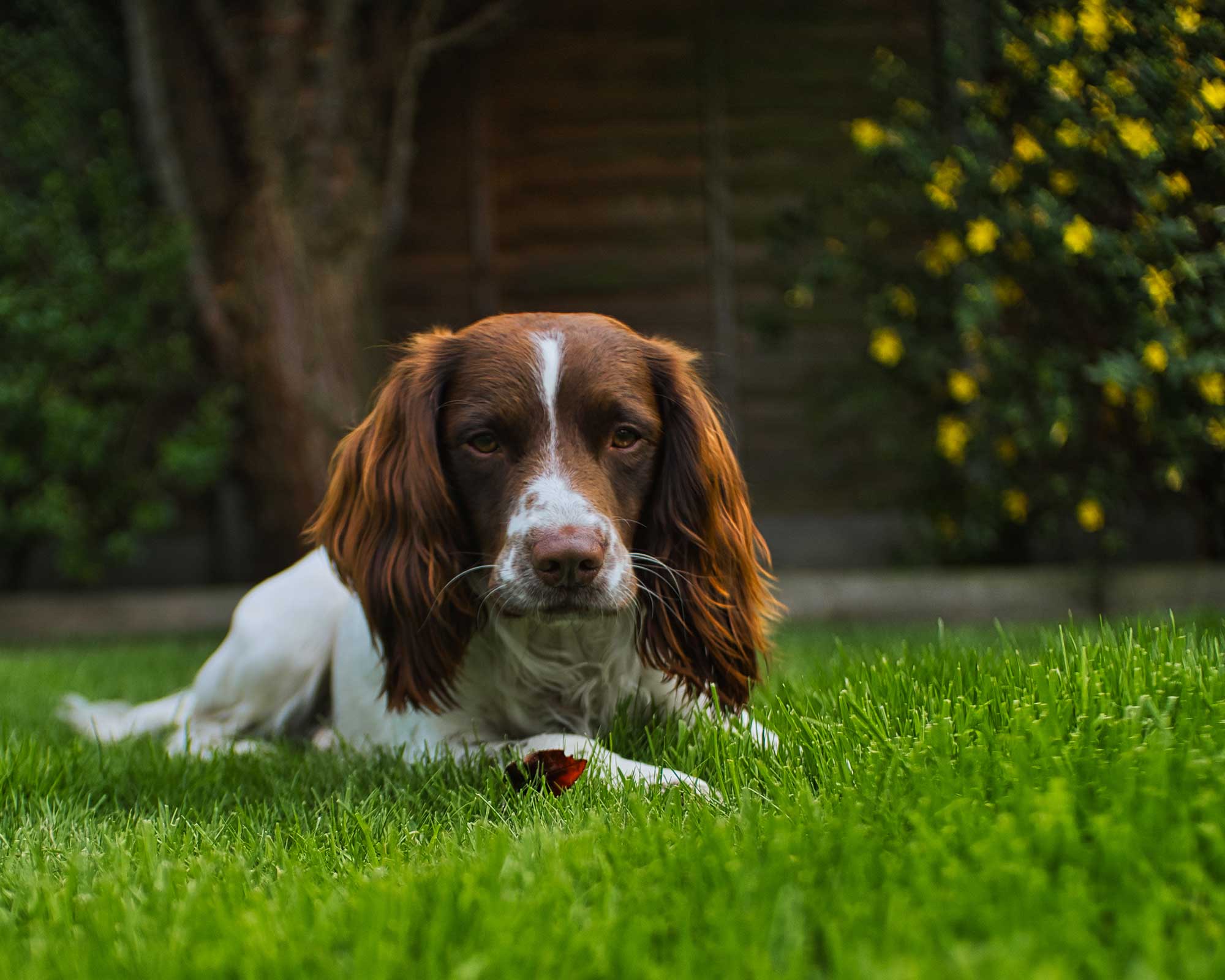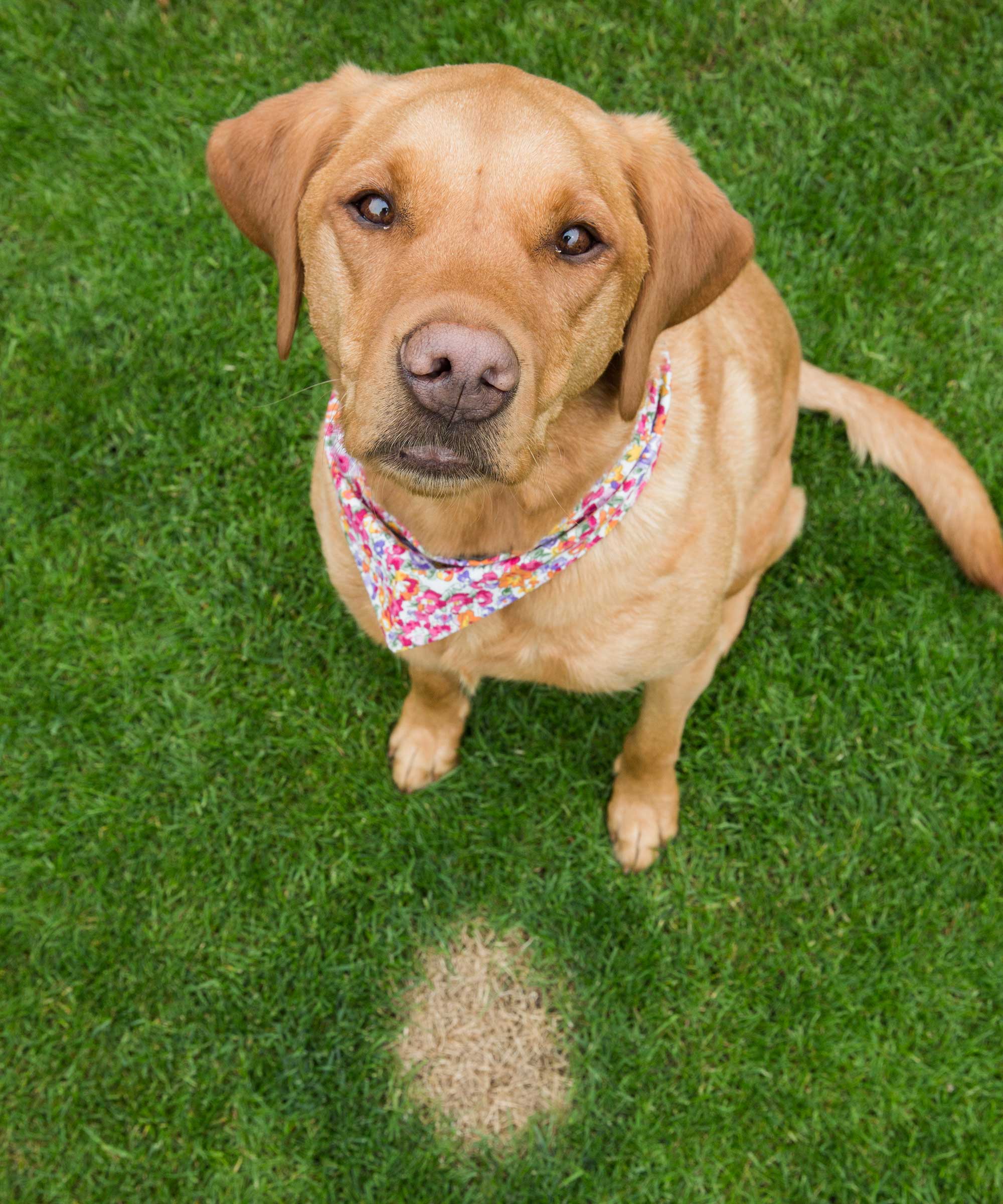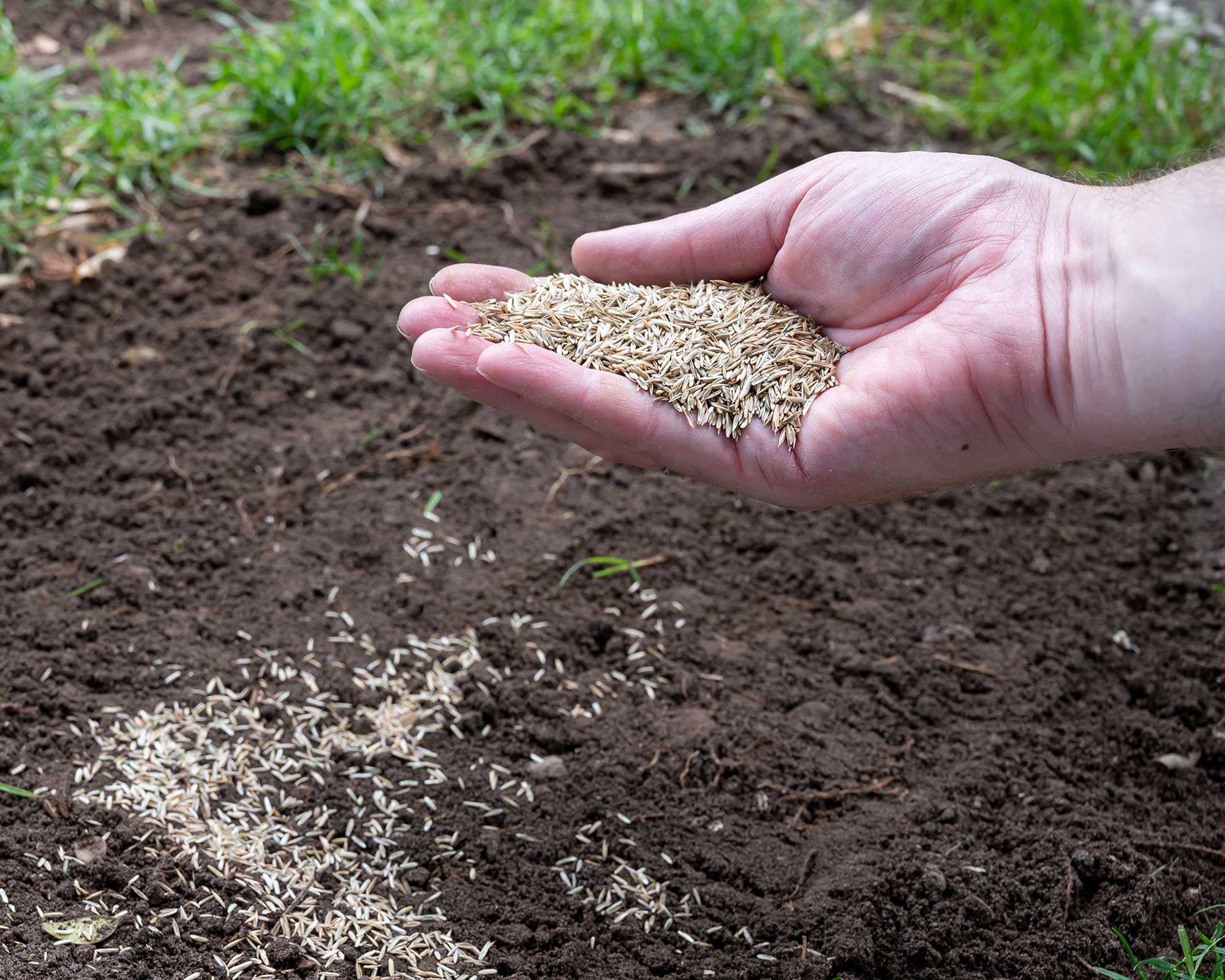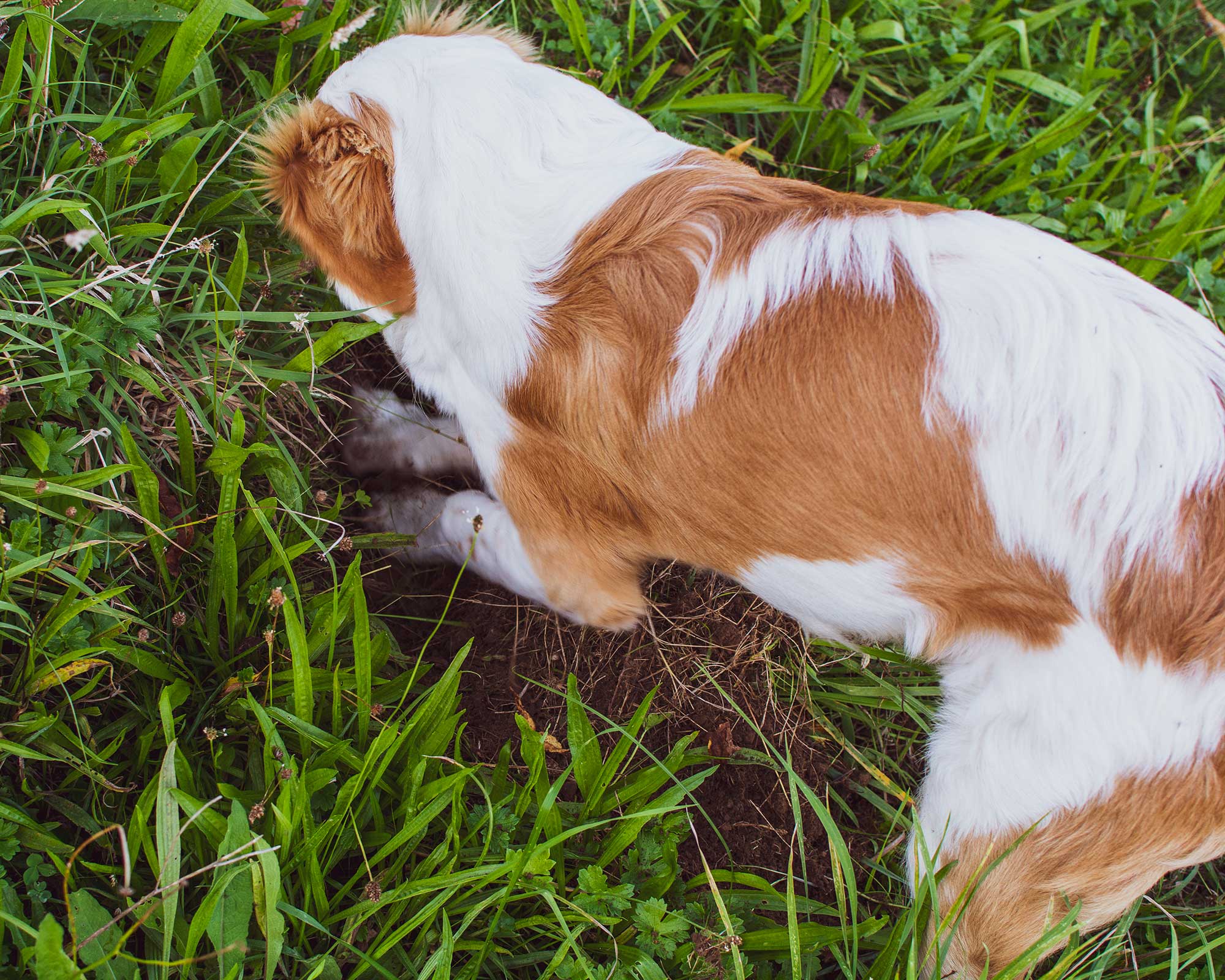How to grow grass with dogs: 5 tips for pet-proofing your lawn
Four-legged friends destroying your turf? Our advice on how to grow grass with dogs will help


These tips on how to grow grass with dogs are for you if your beloved furry friend is ruining your pristine stretch of green.
Dogs are wonderful family pets and companions, but they are, without a doubt, hard on lawns. Keeping your turf in top condition can be tricky with these four-legged friends around, especially if your canine is a boisterous one who loves to run and dig.
Even if you've opted for the smartest of lawn edging ideas and have your lawn-care routine down to a tee, the damage done by dogs can spoil the overall effect. 'Dogs can cause many issues such as wear and tear, dog urine scorches, and hole burrowing,' says David Hedges Gower, the Chairman of the Lawn Association.
Before you opt for artificial grass, though, consider a few simple approaches for keeping your lawn healthy, as well as your pet. Our expert tips reveal all.
5 top tips on how to grow grass with dogs
Keep your lawn ideas looking their best with this advice.
1. Plant tougher types of grass
Choosing a tough, hardy variety of lawn seed is a great first step in growing grass with dogs. And, compared to laying turf, if you learn how to plant grass seed you'll save in costs, too.
There are a good few kinds that will withstand wear and tear and resist damage from dog urine more than others, so will stay looking lush for longer. Top varieties include fescue, Bermuda, and perennial ryegrass.
Be sure to check your soil type and how much sun your site gets before making your choice, though, as different grass seed requires different conditions for optimum growth.

2. Embrace lawn weeds
Next, it might make sense to wave goodbye to dosing your lawn with the best weed killer and instead, accept some beneficial weeds. Not only do they create greater biodiversity as part of wildlife garden ideas, but they can also protect your turf from dog urine damage.
'Dog spot' is the brown patches in places where dogs urinate on lawns, depositing high concentrations of nitrogen. Grow clover in your lawn, however, and you'll see the problem greatly reduced, and will enjoy a healthier stretch of green, naturally.

3. Dilute dog urine before it kills your turf
'Dog urine patches are essentially a huge shot of fertilizer on your grass,' explains David. The problem is, it's concentrated in one area and is very strong in some dogs, especially females.
The RHS recommends to water affected areas immediately. This will dilute the urine and thus help to reduce damage.
There are also products available that claim to deal with the source directly by affecting the chemical make-up of your dog's urine. These include special dog food and 'dog rocks', available on Amazon, which are put into your pet's water bowl. However, as the RHS advises, you should consult your vet before using or feeding your dog any such product.

4. Repair inevitable wear and tear
Dogs can treat lawns like a race track, chasing one another or simply their tail for fun. Over time, some damage may be inevitable, but repairing worn areas doesn't have to be tricky.
Keep on top of your regular spring lawn care and autumn lawn care, including aerating any tracks the dogs have created, as David advises. Then, you can repair lawn patches by re-seeding with your hardy grass mix, or for a quick fix, with sections of turf.
Do bear in mind, though, that both you and your dog should keep off the new areas of grass while it establishes.

5. Deal with your dog's digging
Stopping your dog from digging can prove to be almost impossible. Generally, the only way around it is by training them to stop, which can be tricky beyond the puppy stage (you know what they say about old dogs and new tricks).
However, as with any hole in your lawn, you can use some of the cores from your aeration to repair the damage, as David suggests. And, it won't even cost you.
Alternatively, create a designated dog-friendly zone, where your pet can dig and run to their heart's content. This is much kinder than not letting your pet use the lawn entirely, and is more likely to counteract undesirable behaviors. Use dog treats to reward your dog for using the designated area. And remember to keep any of these poisonous plants for dogs out of any nearby borders or pots.
Of course, it's also important to ensure your dog gets plenty of exercise outside of your backyard, too. Ensuring you take them for regular walks will help to tire them out and prevent them from needing to burn off excess energy on your lawn.


The garden was always a big part of Holly's life growing up, as was the surrounding New Forest where she lived. Her appreciation for the great outdoors has only grown since then. She's been an allotment keeper, a professional gardener, and a botanical illustrator – plants are her passion.
